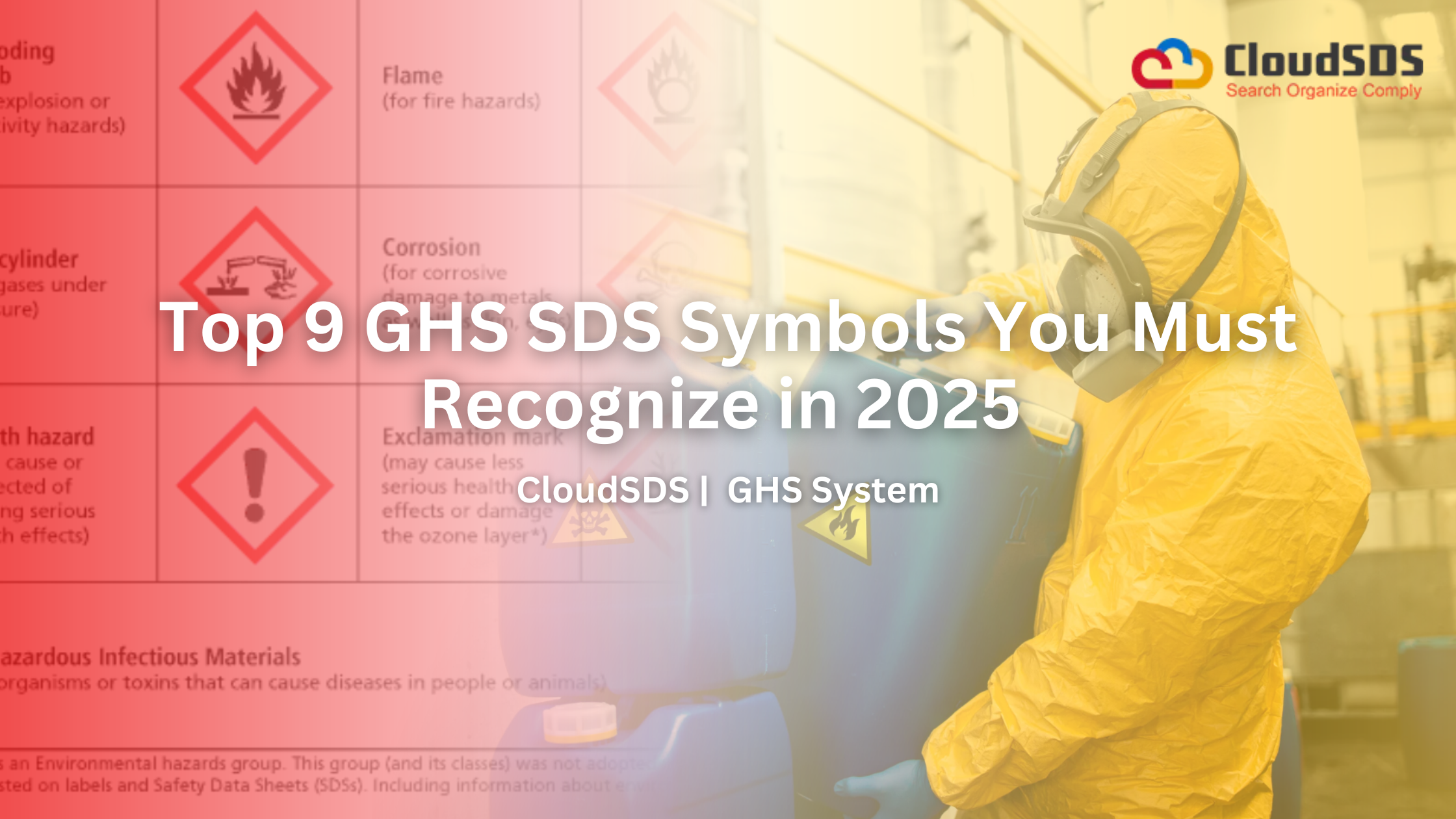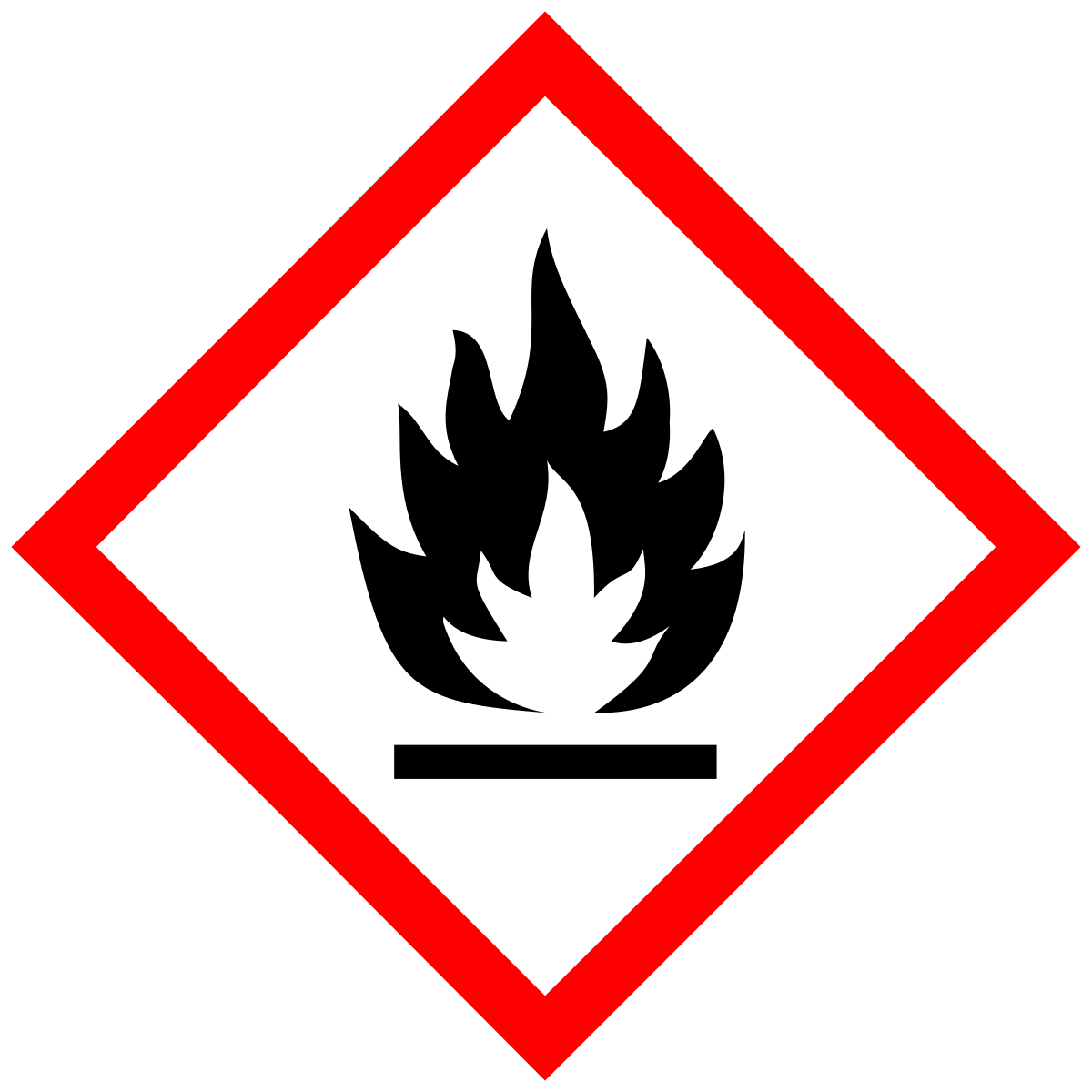Understanding chemical hazards is essential for keeping yourself and coworkers safe. Proper hazard communication saves lives and prevents accidents. With new GHS (Globally Harmonized System) standards rolling out, it’s vital to know which SDS (Safety Data Sheet) symbols to look for. Staying updated on these symbols helps maintain compliance and protects everyone at your workplace.
Understanding the GHS System and SDS Symbols
GHS is a globally accepted way to classify chemicals and warn users of dangers. Its goal is to make handling chemicals safer everywhere. Countries worldwide have adopted GHS standards since the early 2000s, but updates continue. SDS symbols serve as visual clues, letting workers quickly identify hazards. Recognizing these symbols reduces workplace accidents and health risks significantly.
Recent studies show that proper recognition of hazard symbols decreases chemical exposure incidents by over 30%. When employees understand what each symbol means, they can take quick action, preventing severe injuries or spills. That’s why knowing the latest GHS symbols is more than just reading labels — it’s about saving lives.
The Top 9 GHS SDS Symbols You Must Recognize in 2025
There are many SDS symbols, but some become more important as regulations change. Here are the nine top GHS symbols you need to know in 2025:
1. Explosive (GHS02)
Details: Shows that the chemical can explode if mishandled.
Signs: Chemicals that can explode if mishandled or exposed to heat.
Precautions: Store away from heat, avoid impact, and keep in designated safe areas.
Real-world example: Explosives used in mining or packaging materials that contain explosives.
Expert insight: Handle with special safety protocols, store away from heat or sparks.
Tips: Regularly inspect storage areas, keep away from ignition sources, use appropriate containers.
2. Flammable (GHS02)
Details: Indicates gases, liquids, or solids that catch fire easily.
Statistics: Fire accidents involving flammable chemicals cause thousands of injuries each year.
Expert quote: Fire safety authorities stress proper storage and handling.
Tips: Keep flammable chemicals in cool, well-ventilated spaces. Always label containers clearly.
Materials: Liquids like gasoline, alcohol, or aerosol sprays.
Handling: Store in cool, ventilated areas. Keep away from open flames or sparks.
3. Oxidizer (GHS03)
Details: These substances can cause or help other materials catch fire.
Considerations: Common oxidizers include fertilizers or cleaning agents in industry.
Safety advice: Keep oxidizers separate from fuels or combustible items. Use resistant containers for storage.
How it works: Boosts fire even without direct contact with flames.
Safety tips: Keep away from organic material and flammable substances.
4. Acute Toxicity (GHS05)
Details: Shows the chemical can cause death or serious harm in brief contact or inhalation.
Real-world example: A lab spill of a toxic solvent.
Expert quote: OSHA recommends immediate use of PPE and quick evacuation if exposed.
Tips: Always wear gloves, masks, and eye protection. Know emergency procedures.
Signs: Substances that can cause instant health effects or death.
Response: Know first aid procedures, use protective gear, and handle with care.
5. Corrosive (GHS05)
Details: Substances that can destroy skin tissue, damage metals, or degrade materials.
Statistics: Workplace injuries often involve acids or strong bases.
Safety measures: Store in corrosion-resistant containers, clean spills immediately.
Additional tip: Always wear appropriate PPE when handling corrosive chemicals.
What it indicates: Chemicals that can eat through skin or metal.
Examples: Acids like sulfuric acid, cleaning agents.
6. Health Hazard (GHS06)
Details: Indicates substances linked to cancer, reproductive issues, or lung sensitivity.
Examples: Some pesticides and industrial chemicals.
Expert insight: Workplaces should limit exposure and monitor worker health regularly.
Tips: Use proper labeling, provide training, and monitor exposure levels.
Risks: Long-term health issues like cancer or genetic damage.
Worker tips: Wear masks, gloves, and ensure good ventilation during use.
7. Environmental Hazard (GHS09)
Details: Chemicals harmful to aquatic life or ecosystems.
Real-world example: A chemical spill into a river or pond.
Guidance: Follow proper disposal rules, contain spills quickly, and avoid runoff.
Additional tip: Use spill pads and barriers to protect surrounding environments.
Impact: Pollutes water, harms wildlife, or damages ecosystems.
Disposal: Follow proper spill procedures and dispose of waste responsibly.
8. Gas Under Pressure (GHS04)
Details: Compressed gases that can burst or leak if mishandled.
Safety advice: Secure cylinders properly and check for leaks regularly.
Statistics: Mishandling pressurized gases causes many workplace accidents annually.
Tip: Never tamper with pressure valves; use proper equipment for moving cylinders.
Risks: Can cause explosions or flying projectiles, or rupture.
Handling: Store upright, avoid punctures, and use proper fittings.
9. Biohazard (GHS07)
Details: Substances containing biological agents that can cause disease.
Use cases: Common in healthcare, research labs, and waste disposal.
Expert quote: CDC emphasizes strict PPE, sterilization, and proper disposal protocols.
Tips: Always wear gloves and masks, sterilize tools, and use biohazard containers.
What it means: Contains biological materials like bacteria or viruses.
Practices: Use proper disposal containers and sanitize work areas after handling them.
Protect Yourself by Recognizing the Symbols
Identifying hazard symbols correctly is critical in preventing workplace accidents. OSHA and UN GHS standards set clear guidelines on how these symbols should appear and what they mean. Recognizing each symbol ensures you handle chemicals with care and stay compliant with safety laws.
Practical Tips for Recognizing and Responding to GHS SDS Symbols
To stay safe, follow these tips:
- Conduct regular training: Refresh staff on GHS symbols annually.
- Display visual guides: Posters or quick-reference sheets help employees identify hazards fast.
- Use tech tools: Apps and software can send instant alerts when a new SDS or symbol appears.
- Create emergency plans: Outline clear steps based on symbols to guide responses during a spill or accident.
The Role of SDS Management in Chemical Safety Compliance
Managing SDS well isn’t just about legal reasons—it’s about protecting your workers. Laws like OSHA and GHS require companies to keep current SDSs on every chemical. If your SDS management is sloppy, you risk fines or shutdowns. Accurate records help workers understand hazards better. They also show the authorities your commitment to safety. Companies that stay on top of SDS management often see fewer workplace accidents. Clear, up-to-date SDSs lead to better hazard awareness for everyone.
Decoding GHS SDS Symbols: A Critical Safety Skill
The Globally Harmonized System (GHS) standardizes how we communicate about chemical hazards. Symbols on SDS tell you what dangers a chemical pose. Recognizing these symbols quickly is key. For example, catching a “flammable” symbol early can stop a fire before it starts. It’s like reading traffic signs—you need to understand them fast to stay safe. Training staff to recognize symbols improves response times. It helps prevent accidents and keeps everyone safer.
How SDS Management Systems Improve Recognition and Safety
Modern SDS management tools make it simple to recognize these symbols. Digital databases let workers search for safety info quickly. Barcode scanning helps identify chemicals on sight. Automated updates ensure your team has the latest SDSs with new symbols and info. Many companies also link SDS info directly to training programs. This way, staff constantly reinforce their knowledge. For example, a manufacturing plant that switched to a smart SDS system saw fewer hazards due to faster hazard detection.
Future Trends in SDS Management and GHS Symbols (2025 and Beyond)
As per the trends, you can expect updates to GHS symbols and SDS formats. This way, the visuals may become clearer or more detailed and also be ready for the advances in AI and automation will help spot hazards faster. Imagine safety systems that automatically flag new hazards or outdated SDSs. Countries are working toward closer cooperation to reduce confusion. The goal is to make hazard communication uniform everywhere, making safety easier to practice globally.
How SDS Management Can Help You to Recognize Top 9 GHS SDS Symbols in 2025
Understanding safety data sheets (SDS) is more important than ever. They are your guide to safe handling of chemicals in the workplace. Being able to recognize GHS symbols quickly can save you from the following scenarios:
- Accidents
- Injuries, or
- Legal trouble
With regulations changing and new updates coming in 2025, it’s crucial to stay ahead. Modern SDS management systems make it easier to stay compliant and ensure everyone knows what each symbol means.
Conclusion
Recognizing the top GHS SDS symbols in 2025 is a key part of staying safe at work. Good SDS management keeps your team informed and prepared. Making training regular and using modern digital tools ensures everyone understands hazard signs. Protecting your workers and complying with regulations starts with awareness. Act now—invest in upgraded SDS systems and keep safety at the forefront. Your team’s health depends on it.









Leave A Comment